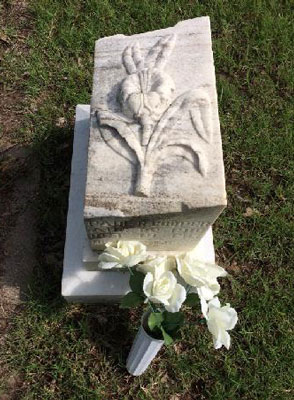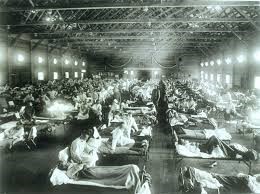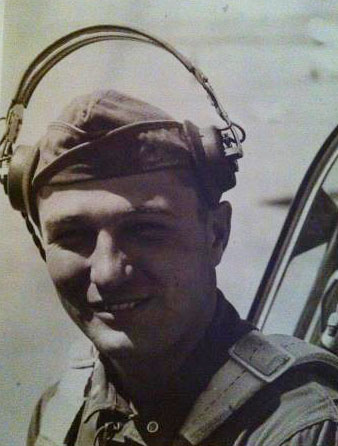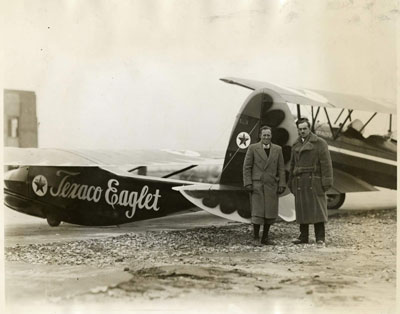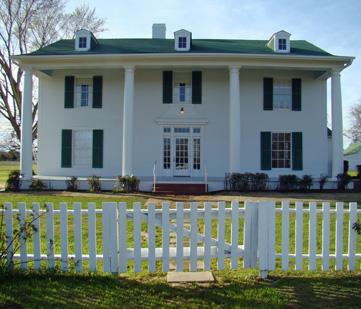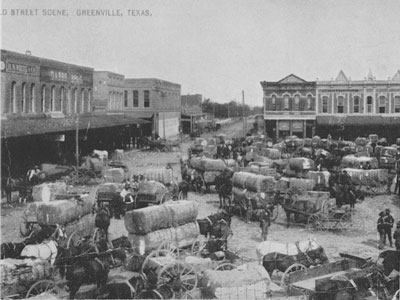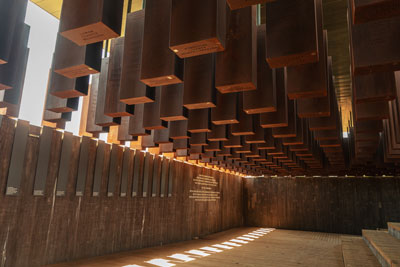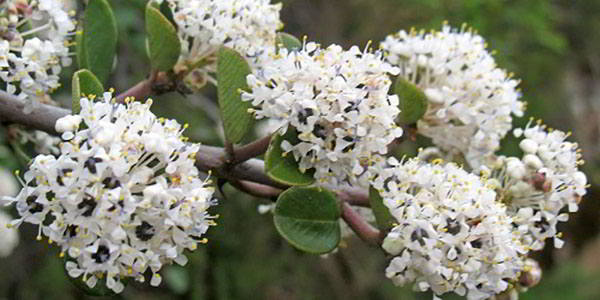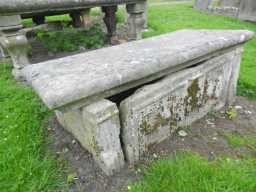
We all need something to do this summer, something we can do in small groups or even alone, and something with beauty and intrigue. What I propose is relatively cheap as long as gas for the car is, can be done year-round, and historically educational in its own way. Let’s go visit cemeteries.
The official number of historic cemeteries is 119. Or that is the count by the Hunt County Historical Commission, the Texas Historical Commission, and the Texas Highway Department. John Byrd of East Tawakoni is the unofficial cemetery hunter for the Hunt County group. I’ve been with his on several of his hunts and it is amazing what he found and what stories can be told about each graveyard.
We believe that all 119 cemeteries are over fifty years old. There is only one new cemetery. It is south on Highway 34 before Reams Market. All the others are eligible for Texas Historical Cemetery Designation (THCD). There are four or five that have been destroyed and some with no markers. When the Hunt County Appraisal District made an aerial map of the county, several graveyards with tombstones were located but not identified.
I put together five cemeteries that are tops on my list. You are welcome to disagree. I have walked all five, mostly in the summer, so believe me it can be done. Many cemeteries in the Black Land Prairies are in low places; places where water stands in bad weather. Farmers used those spots for graves, using higher land to raise cotton.
My first choice is Webb Hill Cemetery, farther west on the road that passes Webb Hill Country Club. It’s best seen on a foggy morning. When the Republic of Texas created the Central National Road from Austin to Indian Territory, it passed through the northwest corner of Hunt County. At least four of the men to help with laying out the road, received land grants in that area. Webb Hill is named for Joel Webb, one of those men who helped created a lovely old cemetery. Seen in the mist one can vision life there more than 150 years ago.
While in the Wolfe City area, check out Mount Carmel Cemetery. It is quite large for a small town like Wolfe City. The north side of the cemetery is beside highway 11, but the entrance is found inside the city. Stop and ask for directions. Local citizens built a brick chapel there years ago. The cemetery is excellently maintained. The first burial was that of a little girl, the daughter of an early settler.
Winding through country roads or going from Commerce up highway 50, one comes to Hope Cemetery. Go there on a hot, muggy summer day to see why locals call it Sweat Box. It is one of those low spots full of ferns and wooden headstones. Illegible today, the carvings of the headstones are remarkable. Caution: wear boots since there are snakes around.
In Greenville, Forest Park Cemetery is most unusual. It sits on the side of a slope going down to the Sabine River bottoms. Most Southern cemeteries are laid out east to west, so the deceased will rise from the grave to see Jerusalem according to folklore. But not at Forest Park, where graves are in a hodge-podge of headstones, somewhat in a circle. Local folklore says that the man who owned the land would give a plot to someone who asked for it in exchange for a bottle of whiskey. No records of the transaction were kept, no money changed hands, and therefore, unless the family placed a tombstone at the grave no one knows who is in the grave. One family member donated funds for a lovely sculptured wall in the cemetery.
I think my favorite cemetery to work with was Sullivan Cemetery on FM 513 south of Interstate 30. It is one of the earliest graveyards and the first THCD in the county. In the older area of the cemetery is a Chest Tomb, a box-like tomb. It looks like a large trunk or shipping container. The lid on the one at Sullivan cemetery was slightly ajar, something that probably resulted from movement caused by the black clay soil.
Over the next few months I plan to write more about our historical cemeteries. Some are meticulously cared for while others show the community love for the deceased.

